
Although Phoebe Waller-Bridge’s Fleabag series has found international acclaim and a devoted fanbase, everything began with a one-woman play in London’s prestigious West End theatre district. The success of the series has since prompted a return to the stage from Waller-Bridge, providing fans with the opportunity to see her perform live, and highlighting the differences of Fleabag from stage to screen.
It might seem obvious that a one-woman show would differ greatly from the Fleabag TV series. The truth of the matter, however, is that the two versions remain surprisingly similar. Even before the success of Fleabag, Waller-Bridge had proven her ability to craft stories that reflect not only the difficulties of managing day-to-day life in the modern world, but also the challenges that women - particularly single women - face within that framework. Fleabag feels refreshing quite simply because it unabashedly treads into territory that other programs shy away from, chasing down raw emotion and difficult feelings as a result. This sort of fearlessness is especially powerful in the stage production of Fleabag, but that isn’t the sole difference between the stage and TV versions.
So how exactly does the Fleabag play compare to the TV series? Well, the main differences can be found in the cast of characters, though more subtle elements do certainly exist. The truth of the matter is that Fleabag is so well (and carefully) crafted that it can function on two completely different levels. On one hand there is just Waller-Bridge, alone on a stage, reciting her story with a powerful authenticity. On the other hand, there’s a diverse and entertaining cast of characters, all of whom take the production’s themes to new levels without taking away from their original intent.
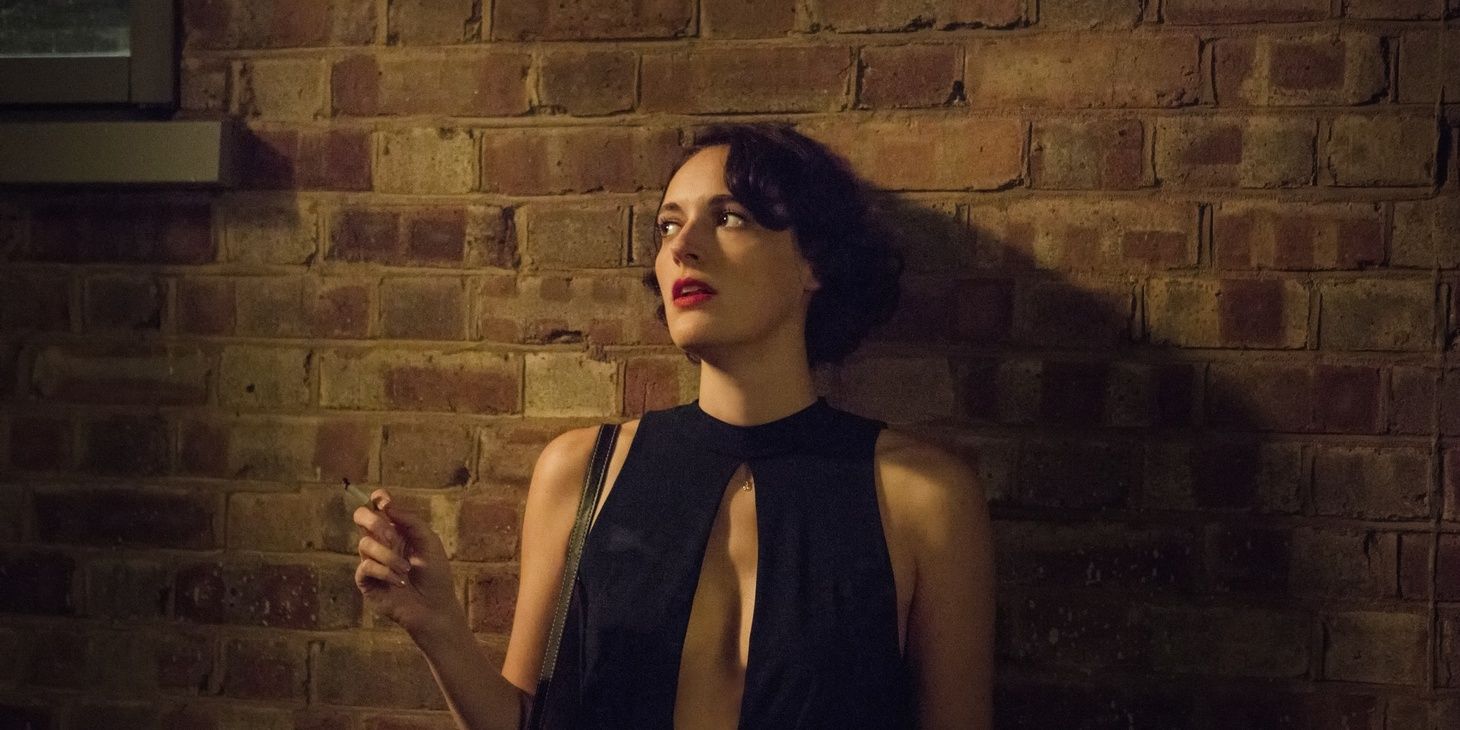
Fleabag’s sister Claire is one of the highlights of the TV series, thanks to a hilariously measured performance from Sian Clifford. However, despite becoming familiar with the character on-screen and watching as her marriage slowly disintegrates, the Fleabag play keeps Claire to a fairly minimal role. We never get as far as seeing her actually take the big job in Finland, though the stage production does feature Claire deciding to take the job, only to change her mind in the end. There’s also the matter of money – while Fleabag struggles to ask her sister for the £5,000 she needs to keep her café going in the TV series, the stage production sees Claire immediately volunteer to give Fleabag the money. This changes at the end, however, when Claire rescinds the offer after being told by her husband Martin that Fleabag made advances toward him.
One of the most nauseating characters of the TV series is arguably Martin. A boorish, lecherous alcoholic, American actor Brett Gelman plays the character perfectly. On stage, Waller-Bridge describes Martin exactly as we see him on the TV series, with one major difference – Martin is Scottish, not American. Exactly why the change was made is unknown, but Gelman played the character so well that a distinction as small as making the character American instead of Scottish was clearly overlooked. Beyond this obvious difference, Martin remains just as crass and off-putting in the stage production, though his overall involvement is quite small.
Yet another disagreeable character in the TV series is Fleabag’s godmother. At times downright aggravating, Oscar-winning actress Olivia Coleman brilliantly brings Waller-Bridge’s creation to life. In the stage production, Godmother’s role is tiny, with little more than a passing reference to her. We never do get to meet her onstage, and Fleabag’s feelings toward her – though clearly bitter, are never fully explored.
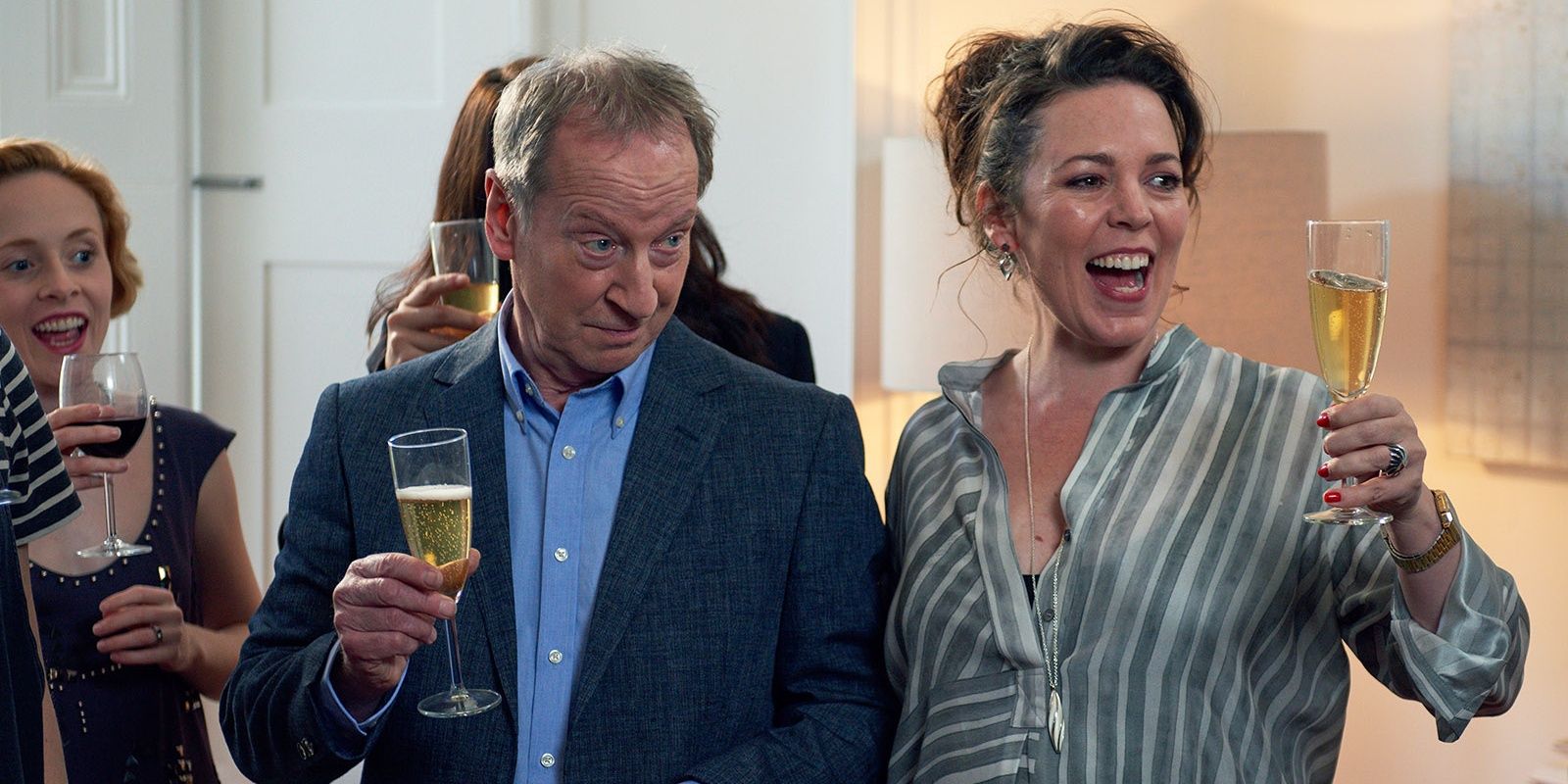
As the TV series progresses, the audience gets some formidable insight into the character of Fleabag’s father, played by Bill Paterson. The stage production offers a very small look into the divide between Fleabag and her father, but this is reduced to one scene, where Fleabag ends up drunk at her father’s home in the middle of the night. The relationship between her father and godmother is also acknowledged, though it isn’t pursued at all, unlike the TV series. Still, despite few scenes between Fleabag and her father, it is clear in the stage production that Fleabag wishes very much that she and her father could have a closer and more open relationship.
Both the Fleabag TV series and the play take the time to introduce Fleabag’s on again, off again boyfriend, Harry. Waller-Bridge’s physical description of him is completely different than how Hugh Skinner, who plays the character in the series, appears. Calling him “a bit fat” and pointing out that he has “a little paunch”, the depiction is at odds with Skinner’s very thin appearance on the series. Nonetheless, Harry’s weak and timid personality traits are the same on-stage and on-screen.
One of the least-altered characters between the Fleabag play and the TV series is none other than Fleabag herself. Portrayed by Waller-Bridge, the character houses the same dark and needy disposition, tempered with an often-hilarious viewpoint in both productions. It’s arguable that Fleabag is more introspective in the stage production, but this comes from the fact that the viewer is focused solely on Waller-Bridge. Last but not least, is Boo. Fleabag’s best friend and the catalyst for much of the anguish that the she experiences, is only seen in the series during flashbacks. Having accidentally killed herself, Boo is described as “small and cute” and compared to a guinea pig, with no waist or hips. Jenny Rainsford, the actor who played Boo does an excellent job on the series and the somewhat vagueness of Fleabag’s description ensures that the character can be played by a petite actor, which she is. Like Fleabag, Boo is virtually identical on the TV to how she’s described on stage.
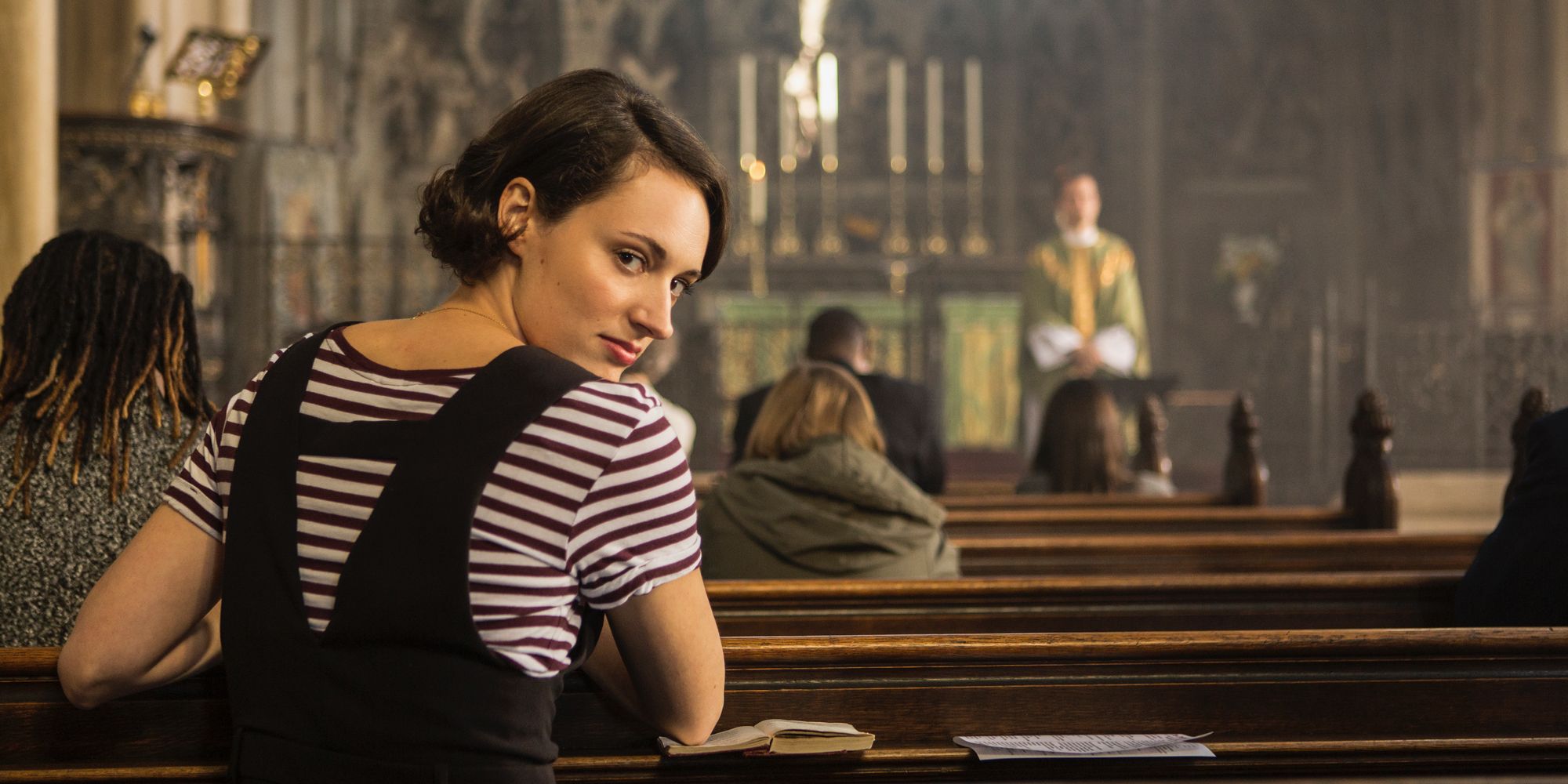
One of the most obvious omissions from the Fleabag TV series is the character of Joe. In the Fleabag play, Waller-Bridge lovingly describes Joe as “a proper cockney geezer” with “a joy that slaps you in the face until you can’t help but smile.” He’s an elderly and very loyal customer at Fleabag’s guinea pig café, arriving every morning at 11 for tea and a chat. In way of physical characteristics, Joe has long white hair and wears suspenders, and his zest for life is powerfully evident throughout Waller-Bridge’s narration. The character is one of the few in the stage production that has a vested interest solely in Fleabag’s well-being, making the ending, in which she attempts to have sex with him, especially awkward. It’s because of this character that the audience gets one of their best impressions of Fleabag and the issues that she struggles with. Joe was likely cut due to the TV series having more time and space to flesh out Fleabag’s character, whereas in the stage production, he was necessary to help explore Fleabag’s wounded and very sensitive side.
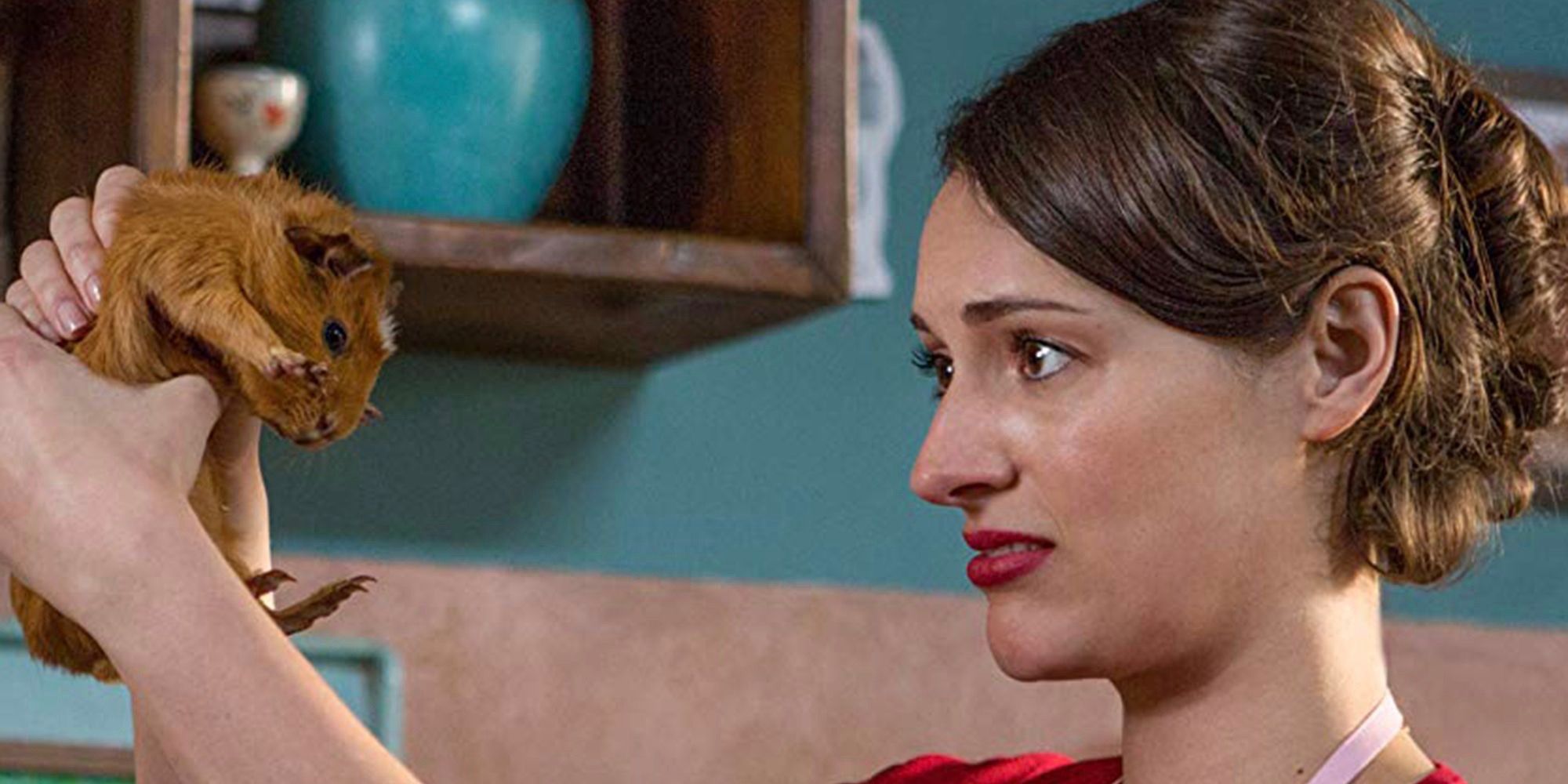
Both disturbing and profoundly sad in the Fleabag play is the death of Boo’s guinea pig, Hilary. The moment comes when the man that Fleabag met on the subway - Tube Rodent in the play, Bus Rodent in the TV series, mistakes Hilary for a rat and kicks it twice. This results in Hilary being severely injured, but not killed. A day later, out of mercy, Fleabag kills the suffering creature and the scene leaves the audience in a moment of considerable shock. Hilary is not only the reason for the guinea pig café, but she also was gifted to Boo by Fleabag shortly after the two women opened their café together. In addition to the audience not wanting to hear about an animal (even a fictitious one) suffering, the emotional pull of this scene comes from the fact that Hilary was Boo’s and was really all that Fleabag had left of her. She feels immense guilt for having let her friend’s pet die and this, compounded with the knowledge that she slept with Boo’s boyfriend in the first place, is too much for Fleabag to bear.
Another scene that isn’t found in the TV series comes when Fleabag confesses that while drunk late one night, she texts a girl called Lily. Though Fleabag doesn’t explicitly state as much, it’s clear that the text is part of an effort to find someone to have sex with. Ultimately Fleabag doesn’t get in touch with Lily and it’s the last that we hear of her. The TV series is actually filled with several instances in which Fleabag expresses an interest in women, though it never goes as far as having a specific character that she keeps as a contact.
The meeting between Fleabag and Tube Rodent (or Bus Rodent as he’s known in the series), was also altered from the stage version. In her one-woman show, Waller-Bridge explains in significant detail her first meeting with a man she calls Tube Rodent, after commuting on the Tube (aka the London Underground). In the series, Fleabag meets the man on the bus instead. The stage version also gives more insight into Tube Rodent’s life – mainly that his sister is deaf and he’s the only person in his family who never bothered to learn sign language. But of course, all of this was removed for the TV series.
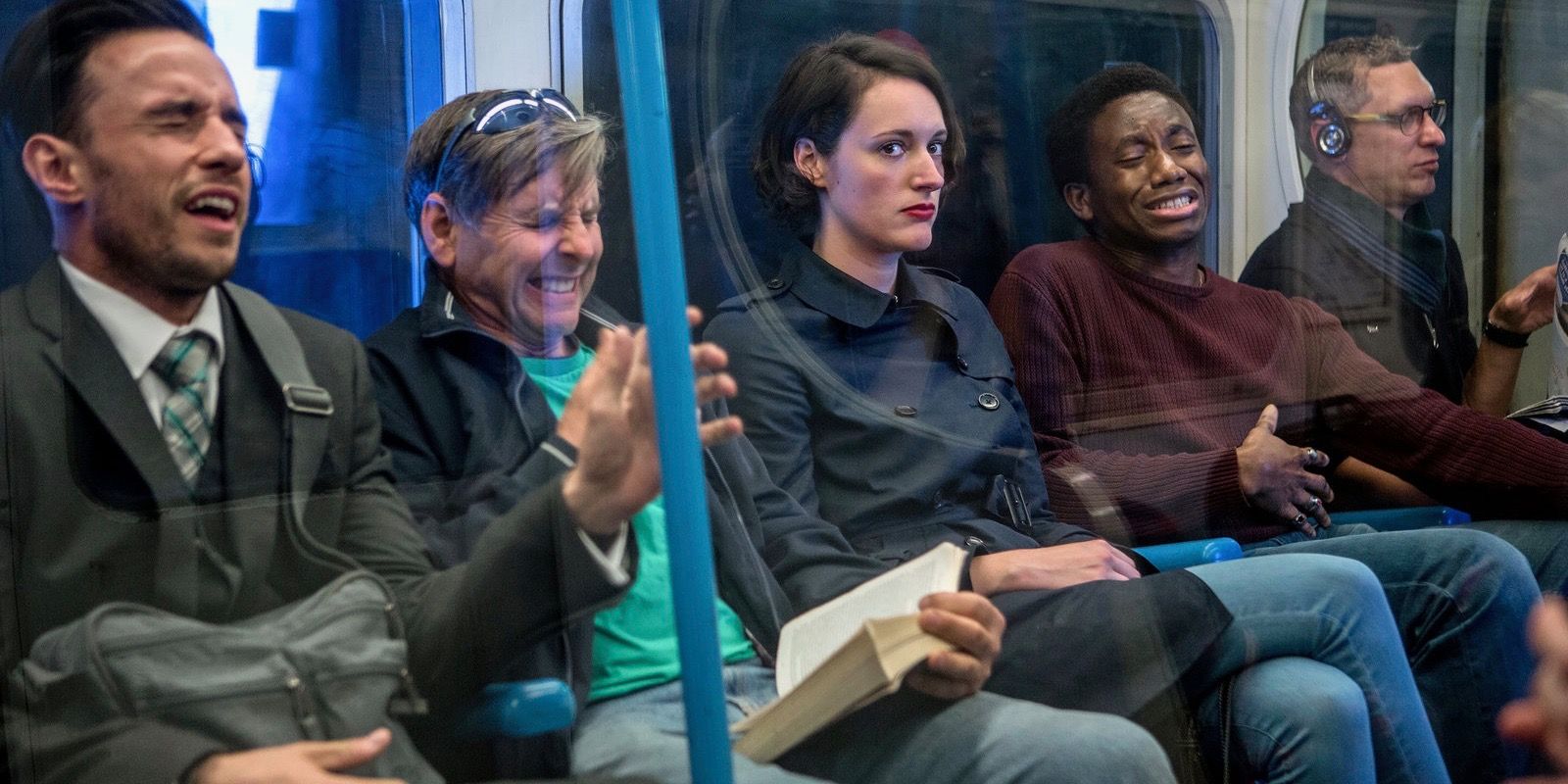
Whenever two versions of the same creative work are produced, there will always be debate as to which is best. The Office is just one example of this, with the original British version and the American remake often being compared and analysed. Fleabag, it seems, despite one half of its concept being a one-woman stage play, is no different. It’s hard to answer the question of which is better, mainly because there is so much value in both productions and much of that value is subjective. That being said, those who are looking for a more intimate and darker story might find that the stage production delivers to a higher degree. Because Waller-Bridge is front and center, alone, shrouded in literal darkness on stage, her story feels more personal. Each word hits harder and each moment grips with a different kind of intensity than what is found in the series. The stage production may lack the added comic relief and emotion of a distinct cast of characters, but it’s a unique way to consider Waller-Bridge’s truly powerful work of art.
from ScreenRant - Feed https://ift.tt/2XR9bbv


0 Comments